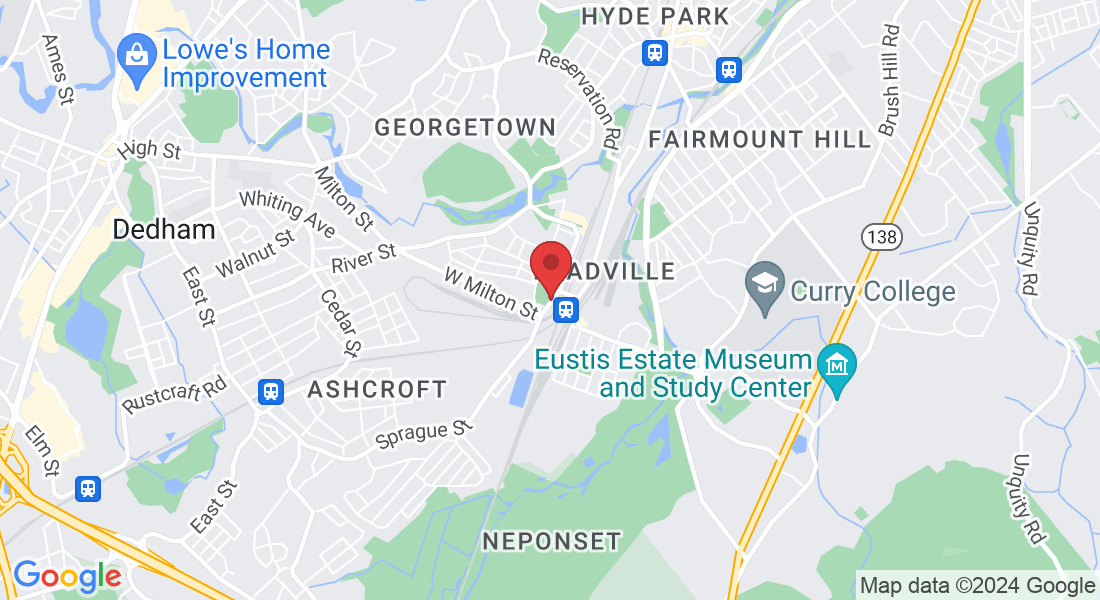Our Blog
Heart of a Giant Foundation
Disclaimer: The information shared on this blog is not intended to replace professional medical advice. Always consult with a healthcare provider for any medical issues.

Putting The Pieces Together
When I say that being diagnosed with LVNC was surprising, truthfully, it was the severity of the condition that caught me off guard – Being diagnosed with LVNC. The news of a heart-related problem wasn’t completely unexpected.
Although I had been fairly healthy overall in my childhood and enjoyed an active life that involved playing and practicing sports like basketball, football, and swimming or even scuba diving, with my siblings and friends (I even played on my college basketball team), there had been disturbing signs. Throughout my life, I have experienced moments of occasional dizziness, shortness of breath, lightheadedness, and galloping heart rhythm. But since there were no major signs of health issues or abnormalities observed at my regular checkups, I didn’t give these symptoms much thought at the time.
Then in 2012, when I was 26 years old and living in Johannesburg, South Africa, over the course of one month, I came up against a major turning point in my health.
Despite positive feedback on my annual fitness test and health checkup, I had developed a persistent cough, chest pains and tightness, difficulty breathing, and was having moments of unexplained low energy. One Saturday afternoon, the symptoms became unbearable—specifically, sharp pain in the middle of my chest—and I went with Desirée to the emergency room (ER) at the Morningside Mediclinic.

At the ER (Dec 2012)
As the ER team started their tests and x-rays, it became clear that my time of “blissful ignorance” about what seemed like random symptoms, was coming to an end. The debilitating effects of what (I would soon learn) was a serious heart condition that I’d been carrying all of my life could no longer be ignored or denied.
The physicians told me that my heart was enlarged, and because of this, I was showing signs of reduced heart function as well as congestive heart failure. I recall like it was yesterday when the ER doctor came back and said those words no one ever wants to hear: “I’m afraid I have bad news”. He went on to say, “Your heart is too big. This is not good news, I’m afraid. I have made an appointment for you with the cardiologist for Tuesday morning. We suspect you have dilated cardiomyopathy or DCM.”

Dilated Cardiomyopathy (DCM)
Photo Credit – The Cardiac Inherited Disease Group (CIDG)
The doctor then explained that DCM is a condition in which a portion of the myocardium—the muscular tissue of the heart—is dilated, often without any obvious cause. The heart weakens and becomes enlarged, as a result, it cannot pump enough blood to the rest of the body. This decreased heart function can ultimately affect the lungs, liver, and other body systems.
I still remember the time on the clock when I heard these words being spoken to us: It was 4:00 pm. We had already been in the ER for many hours. In my head, at that moment, I experienced a surreal sense of my past and future coming to a screeching halt. I kept thinking to myself over and over, “I’m only 26. I’m only 26.”
After informing me of the potential diagnosis, the doctor asked if my feet were swollen and about other signs of end-stage heart failure or a heart attack. He and Desirée continued to discuss the condition—heart size, measurements, signs, symptoms, potential next steps —for quite a while. But in a state of shock, the only thing I remember of the rest of the conversation was the doctor saying, “Come back to us if your feet start to swell or if you start coughing up blood…” Shaken and confused, we left the ER and drove home feeling numb.
The Heart of a Giant Foundation, Inc. is a 501(c)(3) nonprofit organization, EIN 84-2900386. Donations are tax-deductible.

